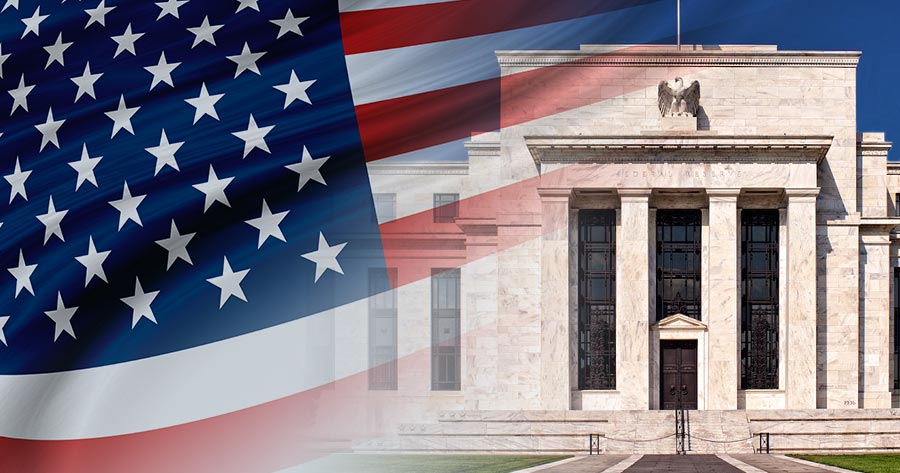The U.S. Federal Reserve said that all banks passed annual stress tests, which will allow banks to pay dividends, buy back stocks as well as continuing lending to households and businesses during a severe recession.
33 biggest banks in the U.S. have proved that they have enough capital to withstand a severe economic contraction after passing the stress tests by the central banks.
On average big banks will have a capital ratio 9.7%, which is well above the 4.5% required by law, the Fed said.
The banks will announce their plans for dividends and buybacks on Monday.
The U.S. central bank implemented tests following the 2007-2009 financial crisis as a tool to ensure banks could withstand a similar shock in future. The tests formally began in 2011.
Out of 34 banks tested in this annual examination, one bank was not included in the individual results which is Japanese bank MUFG that is selling off its U.S. retail banking business and would not be subject to examinations once that deal is finalized.
“This year’s hypothetical scenario is tougher than the 2021 test, by design, and includes a severe global recession with substantial stress in commercial real estate and corporate debt markets,” the Federal Reserve wrote. “The unemployment rate rises by 5-3/4 percentage points to a peak of 10 percent and GDP declines commensurately. Asset prices decline sharply, with a nearly 40 percent decline in commercial real estate prices and a 55 percent decline in stock prices.”
“Total losses were largely driven by more than $450 billion in loan losses and $100 billion in trading and counterparty losses. This year, larger banks saw an increase of over $50 billion in losses compared to the 2021 test. Additionally, the aggregate 2.7 percent decline in capital is slightly larger than the 2.4 percent decline from last year’s test but is comparable to recent years. The disclosure document contains additional information, including firm-specific results and figures.”




